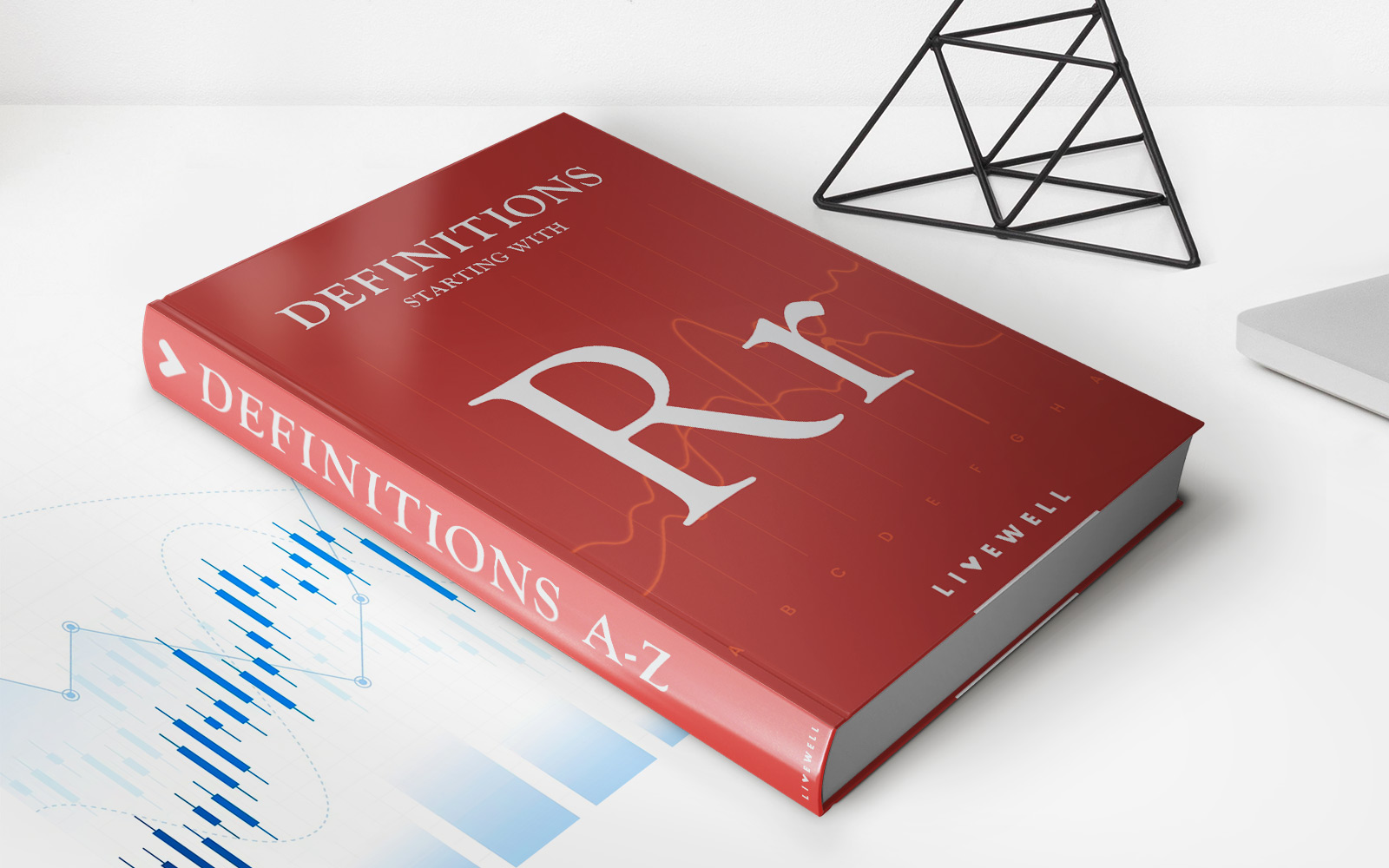Home>Finance>Swap Transferring Risk With Participating Element (STRIPE) Definition


Finance
Swap Transferring Risk With Participating Element (STRIPE) Definition
Modified: February 21, 2024
Learn about the concept of Swap Transferring Risk With Participating Element (STRIPE) in finance, its definition, and how it works.
(Many of the links in this article redirect to a specific reviewed product. Your purchase of these products through affiliate links helps to generate commission for LiveWell, at no extra cost. Learn more)
Unlocking the Power of Swap Transferring Risk With Participating Element (STRIPE) Definition
Are you looking to gain a deeper understanding of the complex world of finance? Look no further than our “FINANCE” category, where we explore various topics that can help you navigate the financial landscape with confidence. In this article, we’ll demystify the concept of Swap Transferring Risk With Participating Element (STRIPE) Definition, giving you a comprehensive understanding of its role in risk management. So let’s dive in!
Key Takeaways:
- STRIPE is a financial instrument used for transferring risk from one party to another.
- It involves two participants, where one party assumes the risk while the other one provides compensation in exchange.
Now let’s delve into the intricacies of STRIPE and explore how it works.
STRIPE refers to a type of financial instrument that allows for the transferring of risk between two participants. In this arrangement, one party assumes the risk related to a particular event, such as a market fluctuation, while the other party provides compensation to offset that risk. By utilizing STRIPE, both parties can effectively manage and mitigate their exposure to potential losses.
One unique feature of STRIPE is its participatory element, which means that the party who assumes the risk also has the potential to participate in any gains resulting from that risk. This mechanism enables risk transfer to be a mutually beneficial transaction, as it provides an opportunity for the participant assuming the risk to reap rewards if the outcome is favorable.
It’s important to note that STRIPE is commonly used in financial markets, especially in situations where there is a need to balance risk and reward. By utilizing this instrument, market participants can create a structured risk-management strategy that aligns with their specific needs and objectives.
So, how does STRIPE work in practice? Let’s consider an example:
- Party A is a hedge fund manager, and Party B is an institutional investor.
- Party A wants to minimize their exposure to potential losses in a specific market.
- Party B, being confident about the market’s performance, agrees to assume that risk in exchange for a compensation fee.
- If the market performance is positive, Party B compensates Party A according to the agreed-upon terms, making a profit from their investment.
- If the market performance is negative, Party A will compensate Party B for their losses, transferring the risk effectively.
By engaging in a STRIPE transaction, both parties can effectively manage their risk exposure. Party A can protect themselves from potential market downturns, while Party B has the chance to earn a profit if the market performs well, based on their confidence and assessment.
In conclusion, Swap Transferring Risk With Participating Element (STRIPE) Definition has a significant role in risk management within the financial world. It provides a mechanism for transferring risk from one party to another while also allowing the party assuming the risk to participate in any gains that may occur. By utilizing STRIPE, market participants can create a balanced risk-reward strategy that aligns with their specific needs, ultimately enhancing their overall financial stability.














